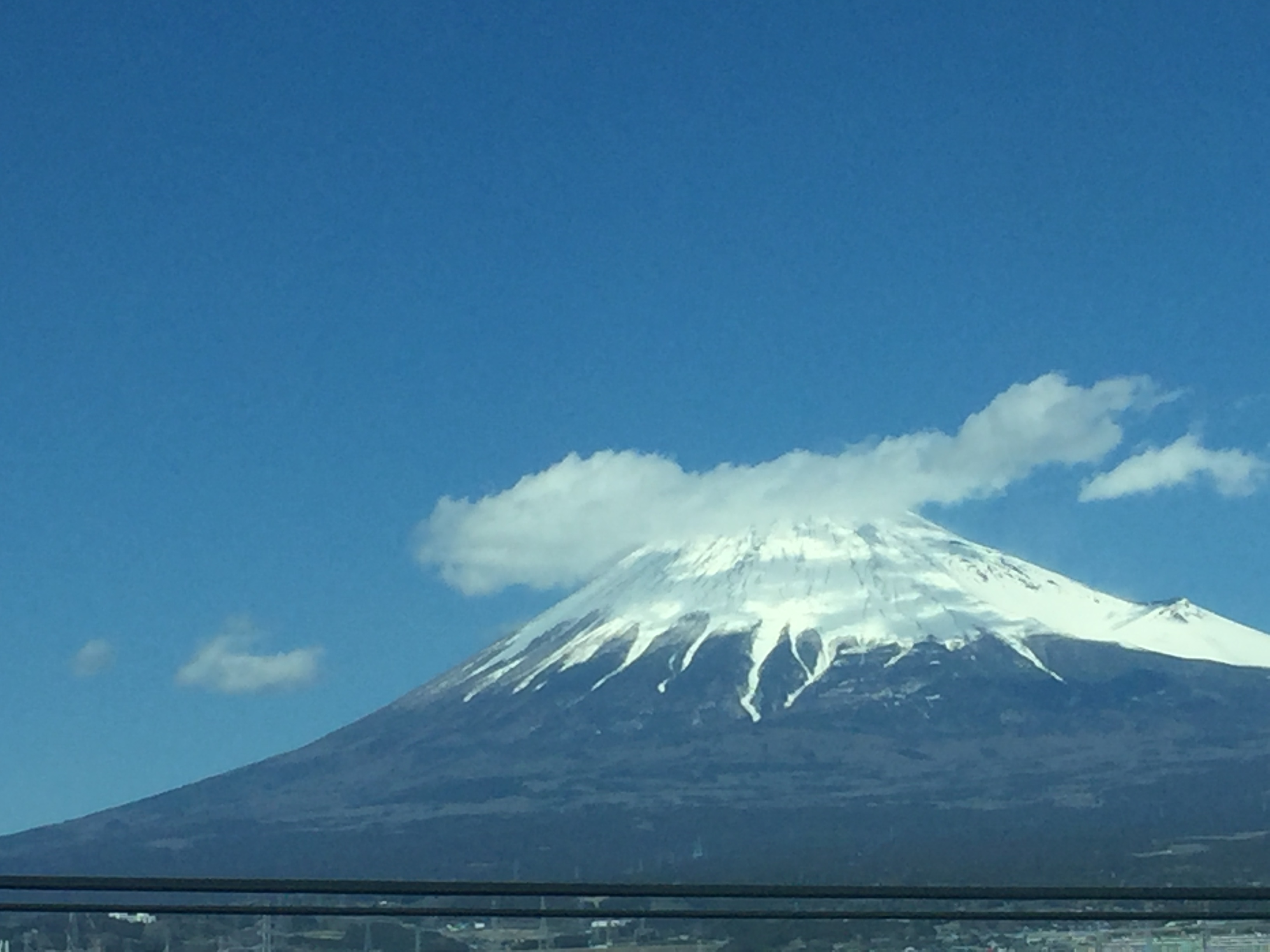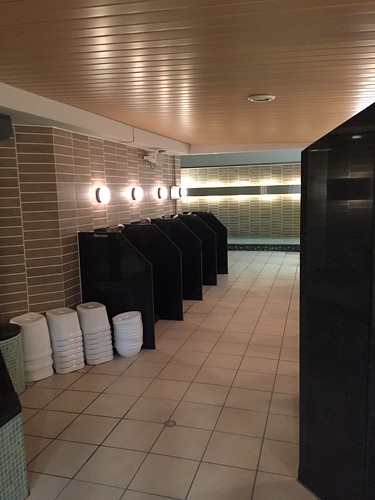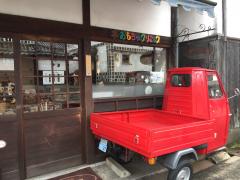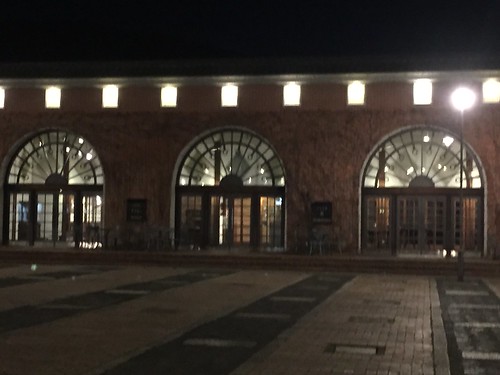Early in the trip, I found my heart aching for the lost fishing village in Hong Kong. Although I understand the adage, “things change,” it seemed like a remarkable loss. Small villages and communities are the backbone of any nation, and diversity is strength. Relishing the vibrancy of the industrial section of Mongkok and its main market, I realized that this Hong Kong history also appeared fragile. Many shop owners and vendors were elderly, and seemed to struggle. Most areas of Hong Kong were filled with young people, completely glued to their phones. Quite honestly, I have never seen any place quite like it. I wish I had taken a photo in the subway, as there just wasn’t any human contact occurring at all. I leaned over a few times to see that most screens displayed frenetic games, where rapid-fire thumbs sought to obliterate some sort of thing moving quickly. Maybe that’s the whole point—we are addicted to trying to obliterate something moving too quickly, and if we can catch it, we feel a momentary burst of power. Sigh.
But now, let me tell you about villages found in Japan. Places where I saw people interacting, resting, smiling, and engaging real-time…in real life.

On a bullet train south, we caught a glimpse of magical Mount Fuji. Typically shy and reposed behind layers of clouds, on this day she shone bright against a clear blue sky, welcoming so many of us to her transcendent beauty. She seemed to be foreshadowing what could be found.

Mt. Fuji
In Yuzawa, we found respite from the crowds and the hustle and bustle of travel. The sight of the mountainous ski village warmed us and brought joy. Families were on holiday, and all were engaged with one another in a shared adventure.

Ski village in Yuzawa
There were Japanese onsens (hot spring baths), which I was initially hesitant to use, as I didn’t know the rules. I felt that following the ritual was important, as I didn’t want to stand out any more than need be. So, my travel partner described what typically occurs, and after many questions, I decided that I was most comfortable with a private tub to start. It was divine. The next morning, I woke up early with courage, and went to the women’s onsen within the hotel. I carefully observed to be sure of what to do, and then slipped right in to partake in the ritual. What struck me was the intensity of the silence. No one uttered even a sound. Even relatively young children understood that this was a sacred quiet time, and followed their parents’ lead, moving gently through the waters to find their inner soul. This is true. Young children of six or seven years old did not utter a word, and seemed to relish the quietude as much as anyone.
Here is where it began to sink in: the incredible difference between our cultures. The level of respect, the acknowledgement of the sacred, and the pure kindness that total silence imparts upon such a ritual as a hot spring bath were all starkly different than my experiences in America. I don’t need to describe why and how —you already know.
This sacred magic was found yet again in another small village, this one in the west coast of Japan, Kurashiki.

One of the hot spring pools

Washing area before bath

Pampering after the baths
Kurashiki was my favorite place in Japan. It is a village on the Takahashi River on the coast of the Inland Sea, and is visited primarily by tourists who are Japanese. Kaori, the lovely guide who took care of so many details during our stay in Japan, stayed there with us, and her enthusiasm for this historic village was contagious. There are many artisans here, and the town is famous for its denim factories, which are now converted to shops that sell denim garments and accessories. Our hotel was next to the Kurashiki Ivy Square, and a multitude of shops on the canal nearby showcased ceramics, sculpture, mixed media, and handmade wooden toys. I spent a lot of time in the toy store, and it was irresistible!
Again, I went to the large communal bath (“daiyokujo”) and melted into the sort of deep relaxation that comes so rarely. One morning I went out on my own to try to see if a particular store was open so that I could buy something I had seen in its window: a gift for my daughter. I ran into Kaori, who, it turned out, was needed in this case. We found the shop, only to see that it was closed. So, she called the number written on the window, and the shopkeeper came to the front door to open it up for us. Success!

Kaori and I

Kurashiki shoppe

Toy store
To summarize my trip to Asia, I acknowledge that there are always two sides of the proverbial coin.
The side which I’ve emphasized throughout this series is that which encompasses and emits light.
A culture steeped in the tradition of tea ceremony and temple ritual; one that honors both the earth and the diversity of the creatures that inhabit the planet—this is beyond valuable—it is essential.
Other experiences seemed to validate the elevated status I ascribe to Japan. In particular: seeing a uniformed cleaning crew take pride in their job of preparing each train car and then bow to the incoming passengers while exiting; noticing an entire region where not even one expression of verbal anger slurried our day; and relishing the smiles which greeted us wherever we roamed. These were deep smiles, embed with tremendous energy to try to figure out what we needed or wanted, regardless of our ability to speak the language of the land. There were artisans with talent beyond description, who were happy to share their work and the stories that surrounded it. And, so much more…
The coin flips. We all have heard of the struggles. Traditional and often narrow gender roles, a very intense and brutal work week, and a need to break out into the second and third floor parlors, where not only is karaoke an outlet, but heavy drinking and often inappropriate fondling of the women that serve. Repressed emotions build, and suicide rates are sky high. There is darkness to be addressed, and it is a relentless darkness that appears intent upon painful ruin. I couldn’t help but wonder how it might be softened.
And yet, of course, it is only light that will soften darkness, and there is so much there to harness and to kindle.

Kurashiki Ivy Square
My hope is that all people in all cultures will not only keep their hearts open, but also their spirits soothed, and continue to turn toward the light.
Thank you for journeying with me.
The Travel to Asia: A New Understanding Series
Becky Burns, our Soulful Travel Guide, is a retired educator living in Sarasota, Florida. Her travel stories provide an interpretation of her trips around the globe on a soulful level, where she muses about coincidences, connections, and life lessons. You may follow her here at wandering educators, where she posts periodically.
All photos courtesy and copyright Becky Burns




